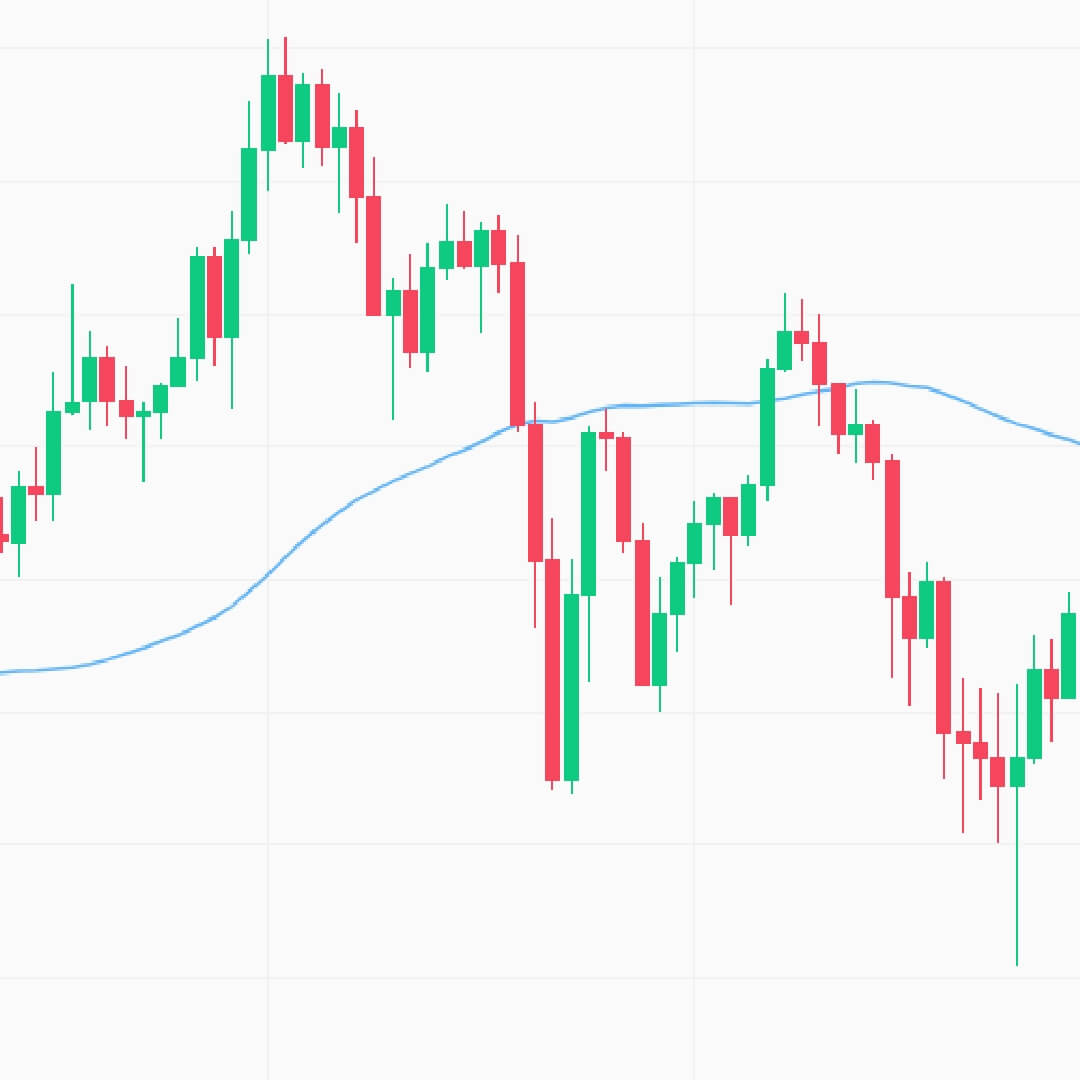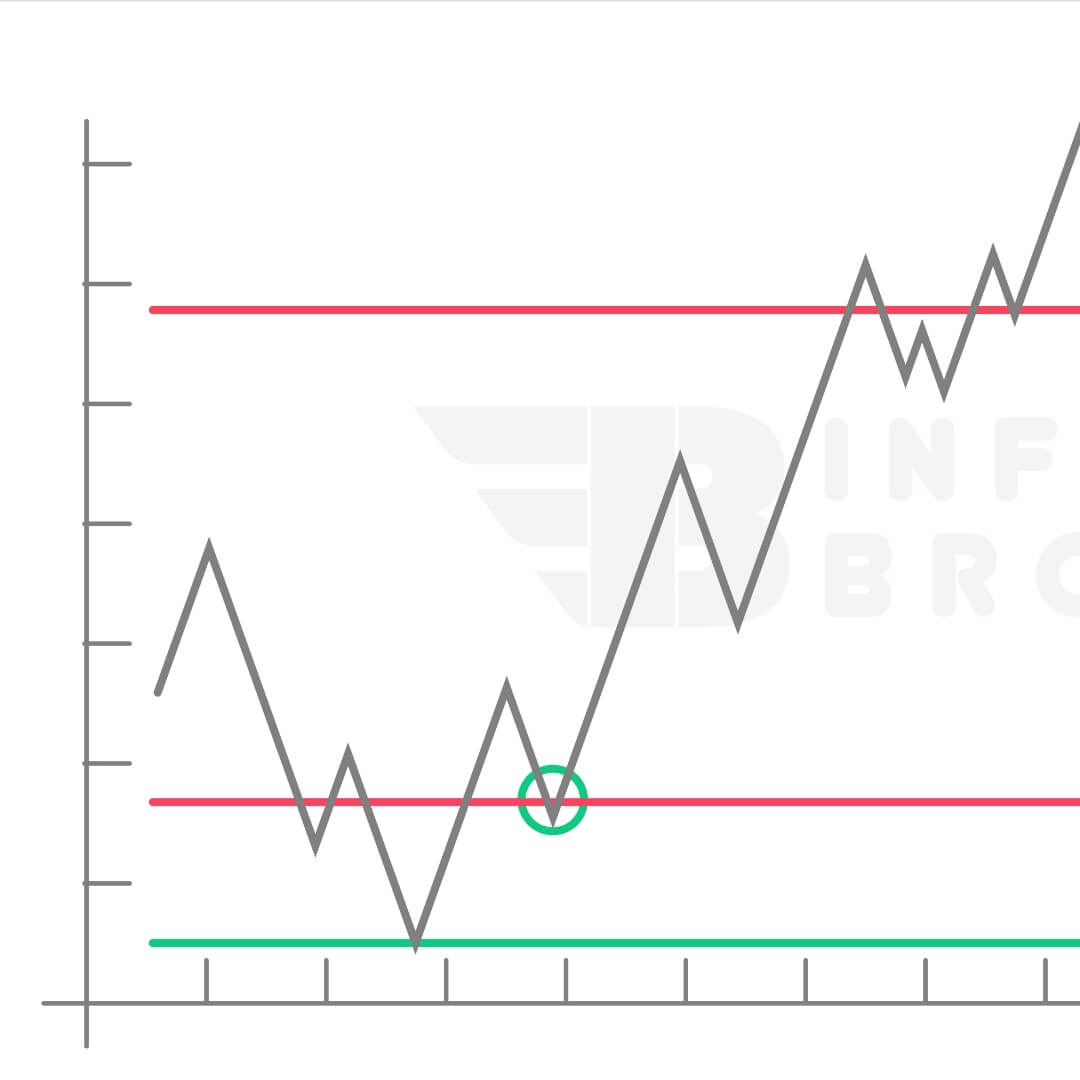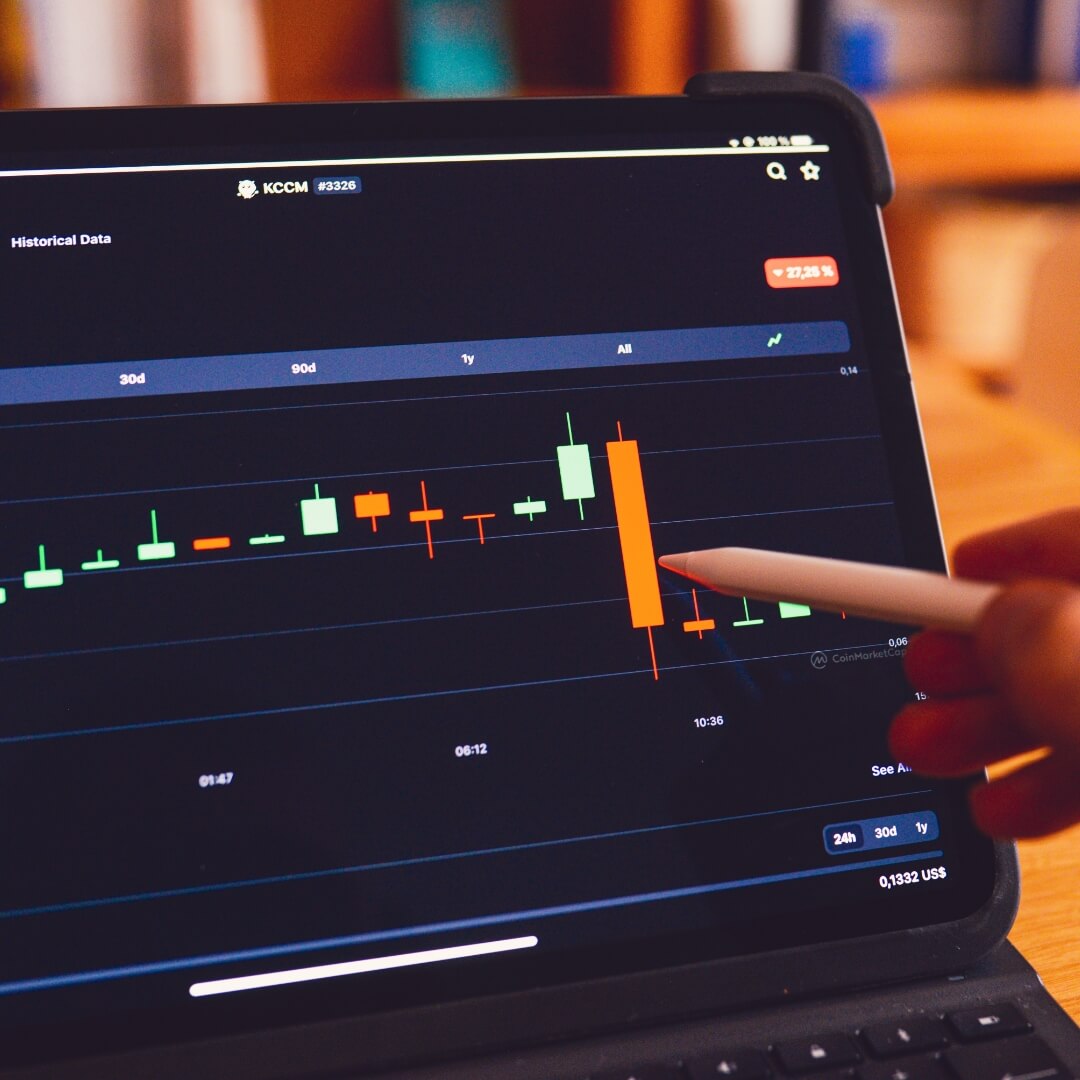How Stocks Trade? Understanding Market Transactions How Stocks Are Bought & Sold: A Trade's Guide

Key Takeaways
Welcome back to our journey into the world of stock trading! In our last lesson, we explored initial public offerings (IPOs), gaining insights into how companies make their debuts on the stock market.Now, let's delve deeper into the heart of stock trading itself, understanding the fascinating process of buying and selling shares in the market.
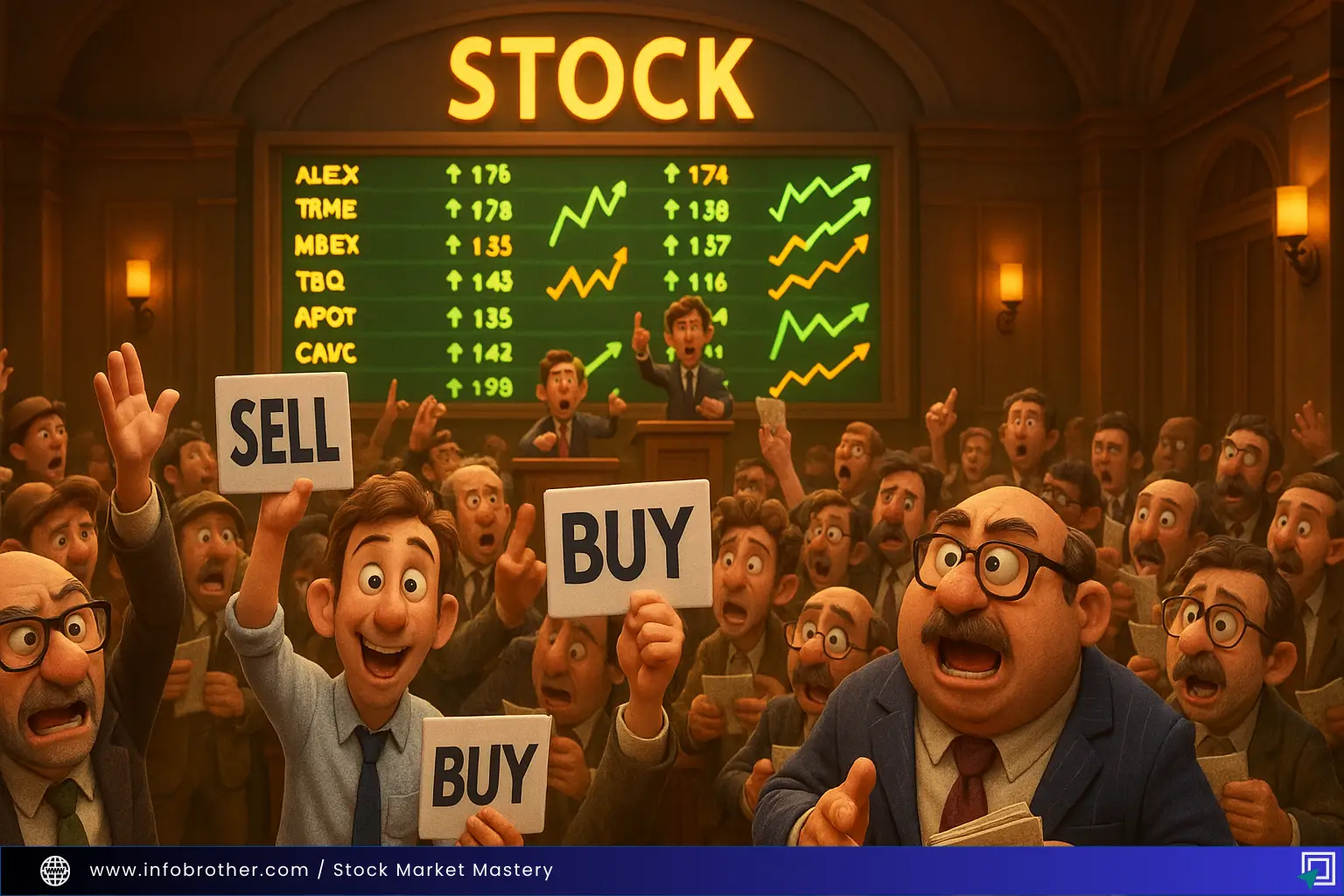
Imagine stock trading like a lively auction house where people come together to buy and sell shares. It's sort of like a busy marketplace where individuals gather to trade shares of public companies.
Here's the deal: buyers show they want to buy shares by making offers at prices they think are fair. On the flip side, sellers show they're willing to sell by stating their desired prices. When the prices match up, a deal happens, and ownership of the shares changes hands.
When you think about stock trading like an auction, things start to make more sense for beginners. It's like you're at an auction, bidding against others to get the best deal on something you want. Stock traders are pretty much doing the same thing, they're constantly negotiating until they agree on the price of the shares.
In the world of stock trading, what drives the movement of stock prices is basically the age-old rule of supply and demand. Think of it like this:
It's important to understand this back-and-forth between supply and demand if you want to make sense of how stock trading works.
Bid-Ask Spread
Let's chat about the bid-ask spread - a key concept to understand when it comes to trading stocks. The bid-ask spread shows the difference between the highest price a buyer is willing to pay (the bid) and the lowest price a seller is willing to accept (the ask).
This difference acts like a bargaining chip, affecting the final price when shares are bought and sold. A smaller spread means the market is more efficient and has higher liquidity.
Trades occur when a buyer agrees to pay the asking price set by a seller or when a seller accepts the bid price offered by a buyer. The goal is to strike a balance between buyers and sellers, finding a price that satisfies both parties and facilitates the exchange of shares.
In a competitive market, when buyers and sellers are competing for better deals, bidding wars can happen. Buyers might raise their offers to try and get stocks at a cheaper price, and sellers could lower their prices to attract more buyers. This back-and-forth battle between buyers and sellers is what causes stock prices to go up and down in the market.
Have you ever thought about the job of market makersin stock trading?Picture them as matchmakers who make transactions happen smoothly by always being there to buy or sell shares at set prices. They ensure that trades can be carried out quickly and smoothly, no matter what's going on in the market
In a lively stock market, you'll see a good mix of people wanting to buy and sell shares. When the prices that buyers are offering and sellers are asking for are close, it means the market is very liquid, making trading smooth and easy. This high liquidity creates a dynamic trading scene, like a busy marketplace where transactions happen smoothly.
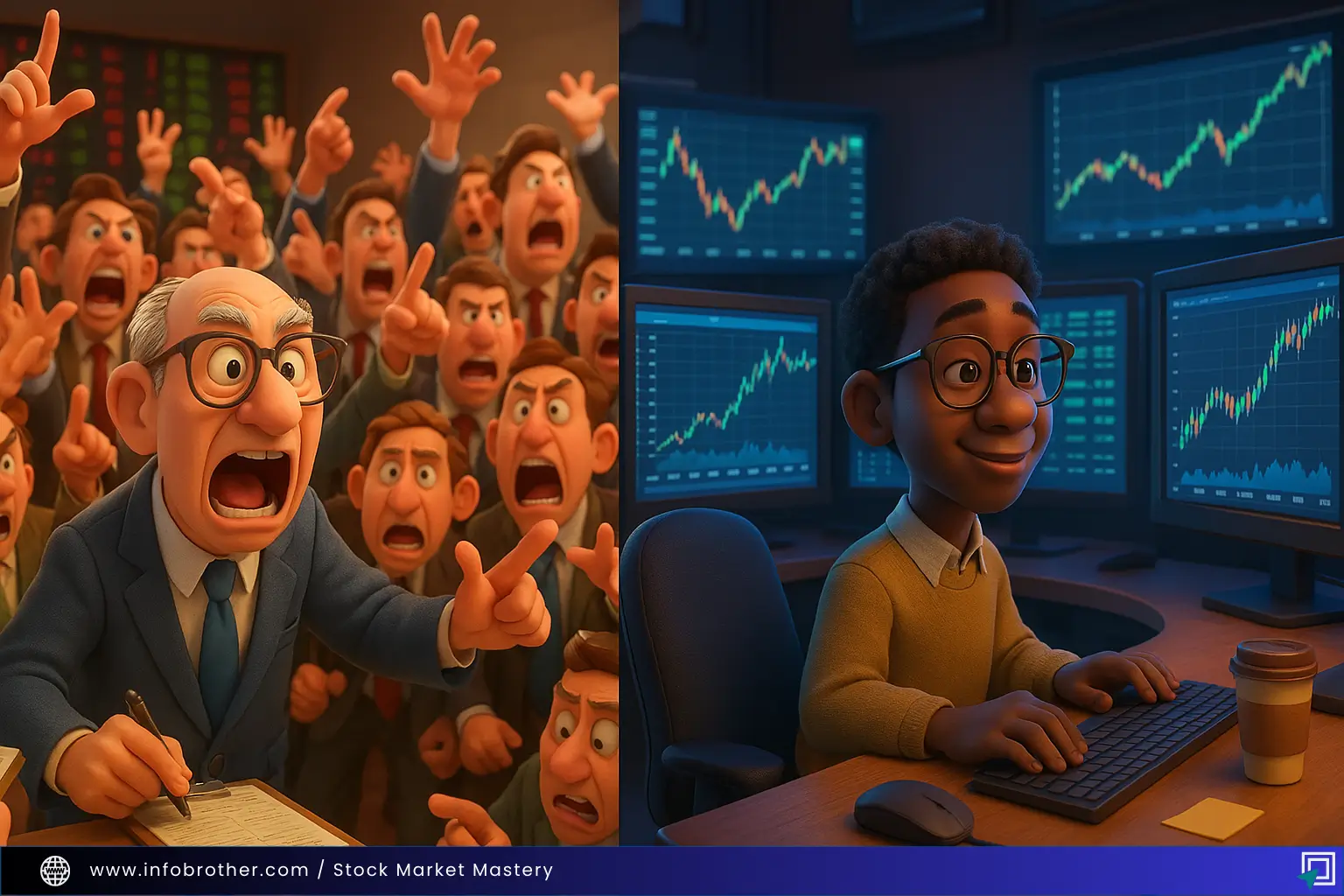
Remember when traders used to yell and make gestures in busy trading pits? Those days are long gone! Nowadays, stock trading happens online with super-fast computer algorithms.
Electronic trading platforms match trades in the blink of an eye, taking over from human interaction with automated precision. This high-tech shift has completely transformed the speed and affordability of trading, making it easier and more convenient for investors.
The world of stock trading today is all about blending advanced technology with how people think and the economy, making it a really interesting place for investors to be in.
So, basically, when it comes to stock trading, it's like a cool mix of fancy technology, how the market works, and economic stuff. If you get the hang of bids, asks, supply, and demand, you'll be able to figure your way around the stock market like a pro. Think of these principles as your trusty guides, showing you how to make smart decisions and win big in the stock world.
As you start your journey to becoming a smart investor, make sure to enjoy the thrill and possibilities that come with stock trading. With a good understanding and perspective, you'll be ready to handle the constantly changing stock market and make wise investment choices.
Here's to your financial journey and the exciting experiences waiting for you!


